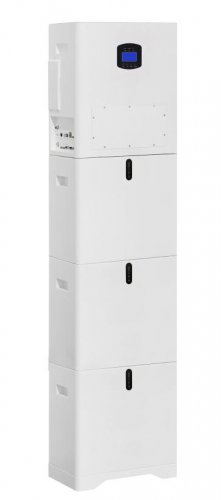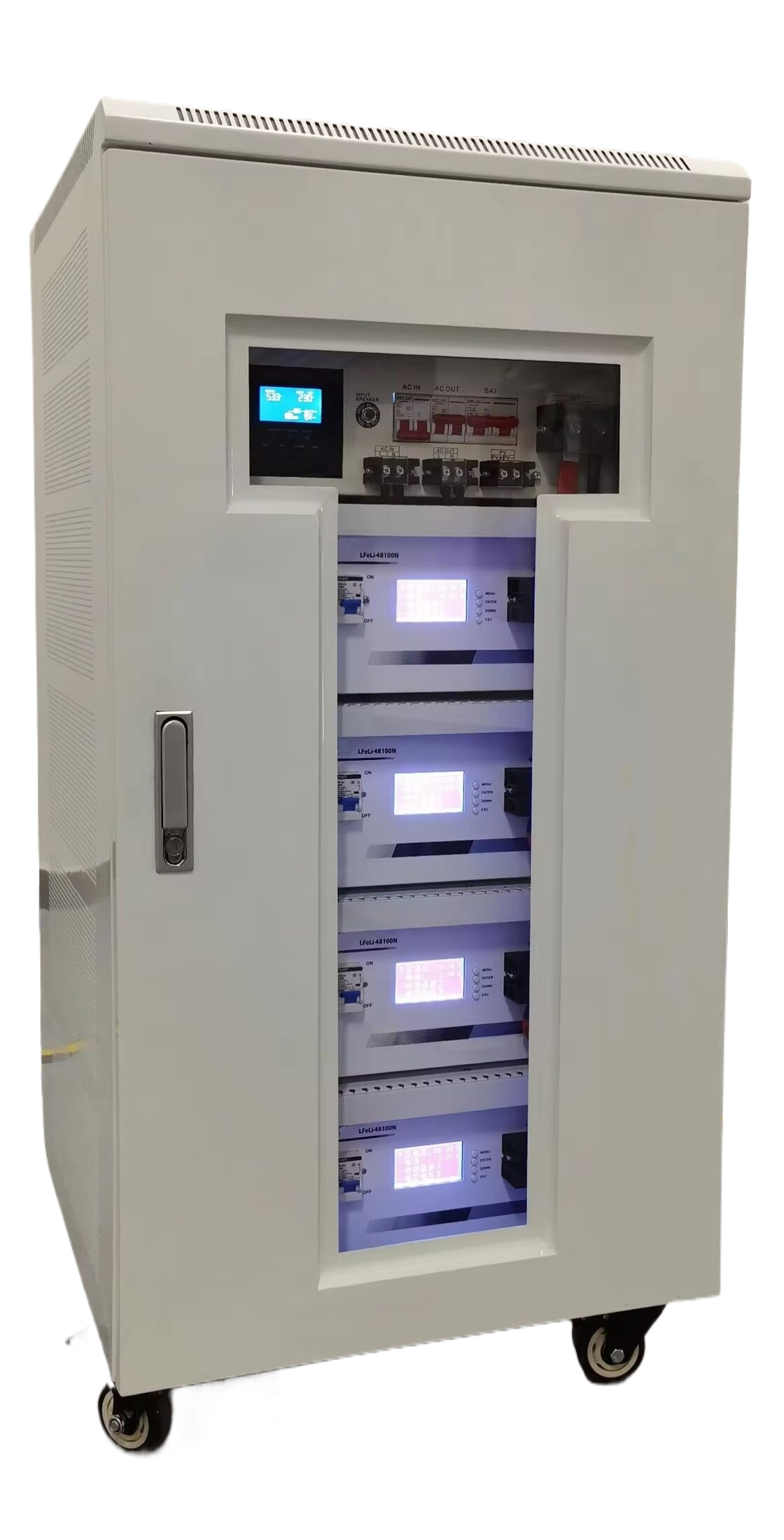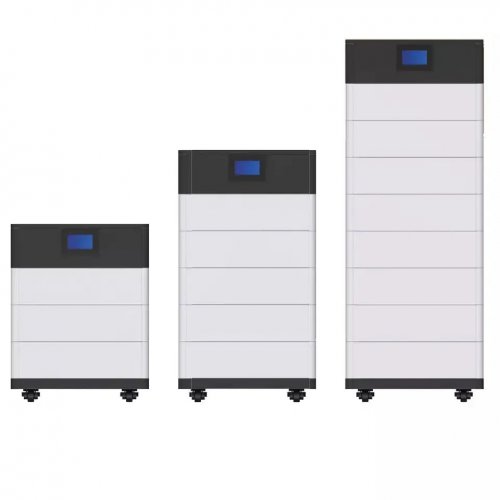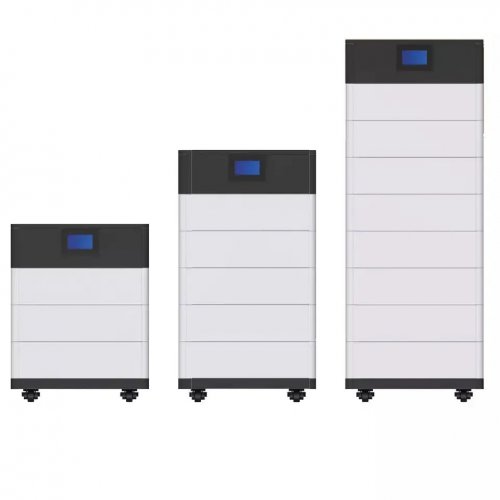How To Use Temperature Range: A Practical Guide For Optimal Performance And Safety
The concept of "temperature range" is a fundamental parameter across countless domains, from industrial manufacturing and scientific research to food storage and consumer electronics. Understanding and correctly applying the specified temperature range for any device, substance, or process is critical for ensuring efficiency, longevity, safety, and accuracy. This guide provides a comprehensive overview of how to effectively utilize temperature range specifications in practical scenarios.
Understanding Temperature Range
A temperature range defines the spectrum of temperatures within which a system is designed to operate safely and effectively. It is typically expressed with a minimum (T_min) and a maximum (T_max) value, such as "0°C to 40°C" or "-20°C to +85°C." Operating outside this range can lead to a variety of negative outcomes:Below Minimum: Can cause sluggish performance, freezing, increased viscosity, material brittleness, or a complete failure to start.Above Maximum: Can lead to overheating, thermal shutdown, accelerated aging of components, chemical degradation, data loss, or even fire hazards.
Step-by-Step Usage Guide
1. Identification and Verification: The first and most crucial step is to locate and verify the official temperature range. Do not rely on assumptions or third-party information. Check the product’s data sheet (for components), technical specifications manual (for equipment), or the label printed directly on the device or its packaging (e.g., on a network switch or a medication bottle). For chemicals or biological samples, consult the Safety Data Sheet (SDS) or storage guidelines.
2. Environmental Assessment: Once you know the required range, assess the environment where the item will be used or stored. Is it an indoor climate-controlled room, an outdoor enclosure, inside a vehicle, or an industrial setting? Consider both ambient (air) temperature and radiant heat sources (e.g., direct sunlight, ovens, motors). Remember that the internal temperature of an electronic device will be higher than the surrounding ambient air due to its own heat generation.
3. Implementation and Control: Based on your assessment, implement measures to maintain the environment within the specified range.For High Temperatures: Use ventilation fans, heat sinks, air conditioning, or thermostatically controlled cooling systems. Ensure adequate airflow around devices.For Low Temperatures: Employ insulated enclosures, heating bands, or space heaters designed for the specific environment. For storage, use refrigerators or freezers with accurate and stable temperature controls.Monitoring: Install temperature monitoring tools such as digital thermometers, data loggers, or IoT sensors. These devices can provide real-time readings and historical data, and can be configured to send alerts if temperatures drift outside the predefined safe range.
4. Operational Testing: Before full-scale deployment, conduct tests under worst-case scenario conditions. For example, run a piece of equipment at its maximum load on a hot day to see if its internal temperature remains within limits. This proactive testing can reveal cooling inadequacies before they cause a failure.
5. Routine Maintenance and Review: Regularly inspect and maintain temperature control systems. Clean filters on fans and air conditioners, check for dust buildup on heat sinks, and verify the calibration of sensors and thermostats. Periodically re-review the temperature requirements, especially if processes or equipment are updated.
Practical Tips and TechniquesBuild in a Safety Margin: Avoid operating consistently at the absolute extremes of the range. Aim to keep temperatures in the central 80% of the range (e.g., for a 0°C to 40°C range, target 5°C to 35°C). This margin of error accommodates unexpected temperature spikes and reduces long-term stress.Understand Derivative Ranges: Be aware of different types of ranges.Storage temperature rangeis often wider than theoperating temperature range. A device may safely be powered off and stored at -20°C but can only be powered on and used above 0°C.Consider Rate of Change: A rapid temperature change (thermal shock) can be as damaging as an extreme temperature. Gradually acclimatize equipment or materials when moving them between vastly different environments.Factor in Humidity: High humidity can cause condensation when temperatures fluctuate, leading to short circuits and corrosion. In such environments, a tighter temperature control or the use of sealed, moisture-resistant enclosures is necessary.
Important Considerations and WarningsSafety First: Never ignore temperature limits for devices or materials that pose a safety risk. This is especially critical for lithium-ion batteries, flammable chemicals, and high-pressure systems. Overheating can lead to explosions or fires.Voiding Warranties: Operating a product outside its specified temperature range will almost certainly void its manufacturer’s warranty. The manufacturer's liability for failures under these conditions is nullified.Accuracy Degradation: For measurement instruments like sensors and probes, operating outside the specified range can cause permanent calibration drift, leading to inaccurate readings even when returned to the correct temperature.Cumulative Damage: Even brief, repeated excursions beyond the temperature range can cause cumulative damage that shortens the product's lifespan, a process known as "thermal cycling fatigue."
Conclusion
Effectively managing temperature range is not merely about avoiding failure; it is a fundamental practice of operational excellence. By meticulously identifying requirements, proactively controlling the environment, and continuously monitoring conditions, you ensure the reliability, accuracy, and safety of your equipment and processes. A disciplined approach to temperature management saves costs, prevents downtime, and guarantees optimal performance wherever precise thermal conditions are required.
Customized/OEM/ODM Service
HomSolar Supports Lifepo4 battery pack customization/OEM/ODM service, welcome to contact us and tell us your needs.


HomSolar: Your One-stop LiFePO4 Battery Pack & ESS Solution Manufacturer
Our line of LiFePO4 (LFP) batteries offer a solution to demanding applications that require a lighter weight, longer life, and higher capacity battery. Features include advanced battery management systems (BMS), Bluetooth® communication and active intelligent monitoring.

Customised Lithium Iron Phosphate Battery Casing
ABS plastic housing, aluminium housing, stainless steel housing and iron housing are available, and can also be designed and customised according to your needs.

HomSolar Smart BMS
Intelligent Battery Management System for HomSolar Energy Storage System. Bluetooth, temperature sensor, LCD display, CAN interface, UART interface also available.


Terminals & Plugs Can Be Customized
A wide range of terminals and plugs can be customised to suit the application needs of your battery products.

Well-designed Solutions for Energy Storage Systems
We will design the perfect energy storage system solution according to your needs, so that you can easily solve the specific industry applications of battery products.



About Our Battery Cells
Our energy storage system products use brand new grade A LiFePO4 cells with a battery lifespan of more than 4,000 charge/discharge cycles.



Applications in Different Industries
We supply customized & OEM battery pack, assemble cells with wiring, fuse and plastic cover, all the cell wires connected to PCB plug or built BMS.
Applications: E-bike, Electric Scooter, Golf Carts, RV, Electric Wheelchair, Electric Tools, Robot Cleaner, Robot Sweeper, Solar Energy Storage System, Emergency Light, Solar Power Light, Medical Equipment, UPS Backup Power Supply.
We can provide you with customized services. We have the ability to provide a vertical supply chain, from single cells to pack/module and to a complete power solution with BMS, etc.


HomSolar (Shenzhen) Technology Co., Ltd
























